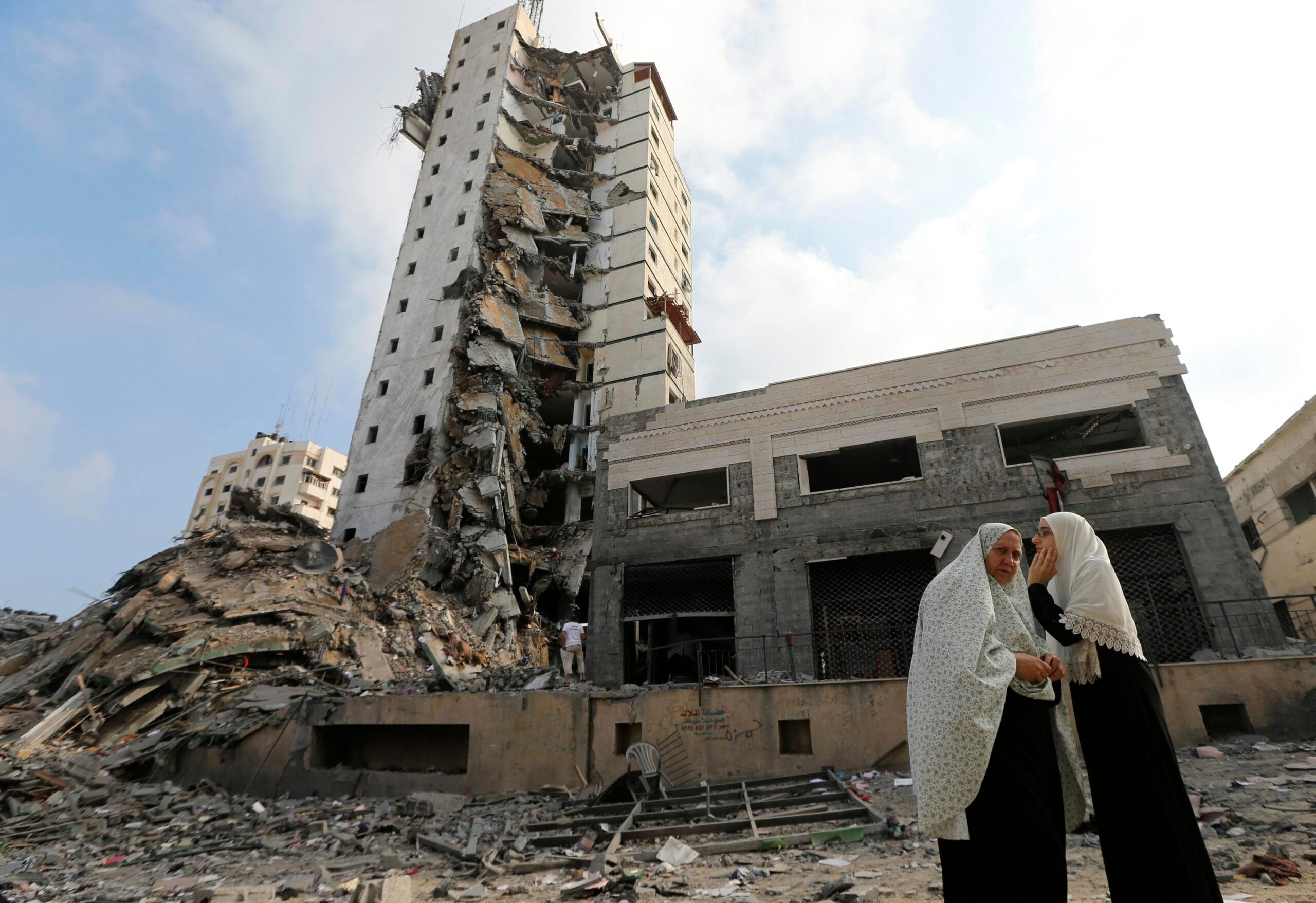A new wave of winter storms is on the horizon, poised to deliver severe weather to large swaths of the United States, particularly the Northeast and Midwest regions. Meteorologists predict that the storms will bring a mix of heavy snowfall, freezing rain, and icy conditions, posing risks to travel and infrastructure from early in the week through the weekend.
The first storm system is expected to develop early this week, sweeping across the Midwest before making its way to the East Coast. Weather maps already show winter storm warnings and advisories, a precursor to what could be a series of intense weather events affecting millions of residents. Forecasts indicate that heavy snowfall may accumulate rapidly in some areas, including parts of Michigan, Ohio, and Pennsylvania, before expanding into the Mid-Atlantic region.
In New York City, forecasters anticipate several inches of snow, which could make for treacherous road conditions. Public transportation systems may also face interruptions as snowplows and salt trucks work overtime to keep critical pathways clear. This storm is also likely to bring a mix of sleet and freezing rain to areas stretching from Washington, D.C., to Philadelphia, intensifying the risks of power outages and travel delays.
According to meteorologists, colder arctic air is being drawn down into the United States, creating the ideal conditions for snow and ice. The National Weather Service has already urged residents to take precautions. “Prepare for dangerously cold temperatures and slippery roads. Essential travel only,” read one advisory published earlier this week.
The second storm in the series is set to take a similar trajectory, and it may deliver snow totals exceeding those of earlier storms this season. Some forecasts place accumulations at one foot in isolated areas from upstate New York to New England. Residents in Boston and other northeastern cities are bracing for near blizzard-like conditions, with the possibility of school and business closures depending on the severity of the weather.
Washington, D.C., will not escape the reach of these storms, as warmer air in the region could result in a wintry mix of sleet and freezing rain. This situation may lead to a dangerous layer of ice forming on roads, bridges, and trees, further compounding challenges for local authorities already stretched thin from prior weather events.
The impacts of these winter storms will likely extend beyond transportation delays and hazardous conditions. The potential strain on the power grid is a significant concern, with utility companies already on high alert. Ice accumulation on power lines and trees could lead to widespread outages in both urban and rural areas, affecting hundreds of thousands of people.
In preparation, officials in affected states have activated emergency services and plan to open warming shelters for vulnerable populations. Airline passengers have also been urged to check the status of flights in advance, as the storms could ground many flights at busy hubs in Chicago, New York, and other major cities.
While significant snowfall and icy roads are the immediate concerns, the broader implications of these storms highlight the need for ongoing investments in winter storm preparedness. Local and federal agencies have already begun pre-treatment efforts on major highways to reduce icing, and meteorologists are closely monitoring the storm’s path to provide the public with timely updates.
These winter storms come as no surprise during the peak of the season, but the scale and intensity are noteworthy. Should the weather systems continue to strengthen, they could go down as some of the more memorable storms of recent years in the Midwest and Northeast.
As the week progresses, weather updates from leading forecasting services will keep residents informed about timing, severity, and safety measures. Until then, meteorological experts are advising individuals to stock up on emergency supplies, ensure vehicles are in winter-driving condition, and prioritize staying indoors where possible.
Winter storm preparedness has long been a key focus for states in this region, but the unpredictable patterns of these systems add an element of challenge. The coming seven days will test that preparedness on multiple fronts, from keeping the roads safe to maintaining critical infrastructure under potentially extreme conditions.
It appears that this week, the snow and ice storm will leave its mark, reminding us once again of the harsh and unpredictable character of winter weather in the Northern Hemisphere.



